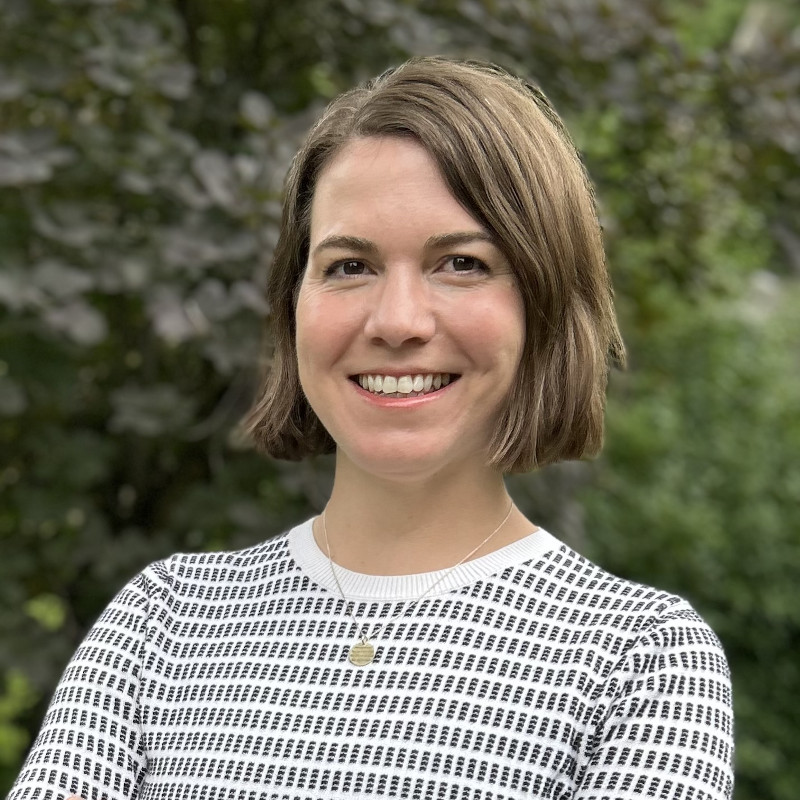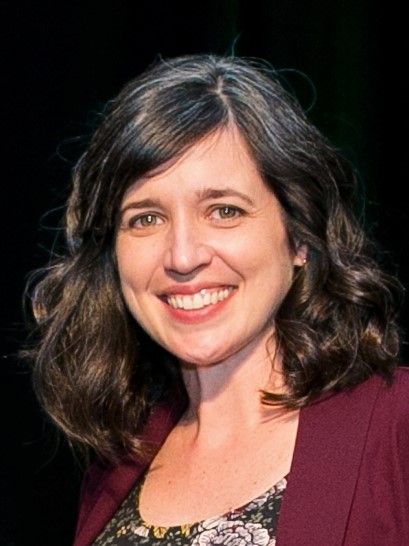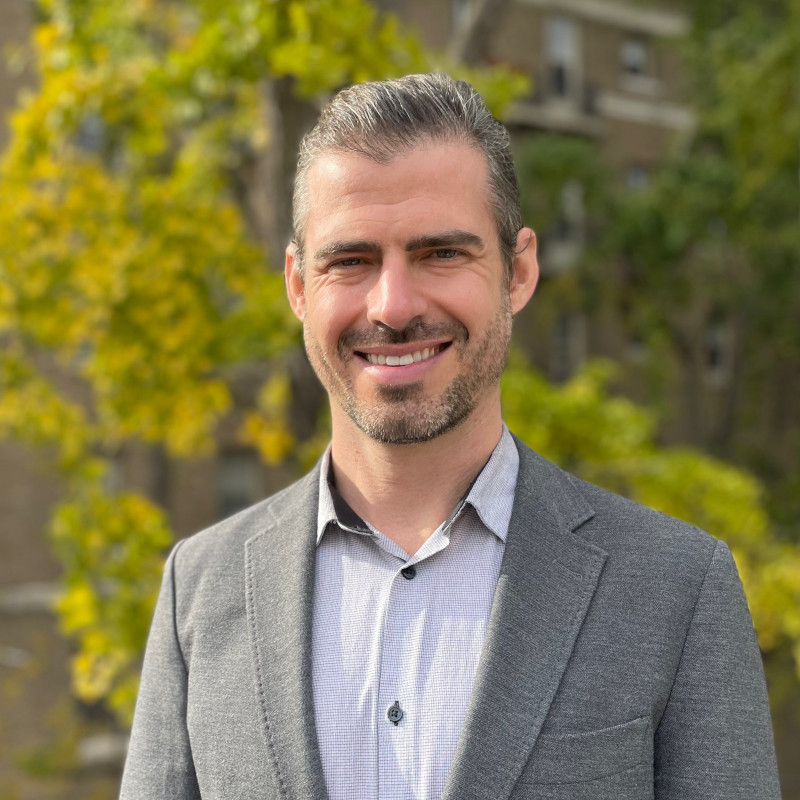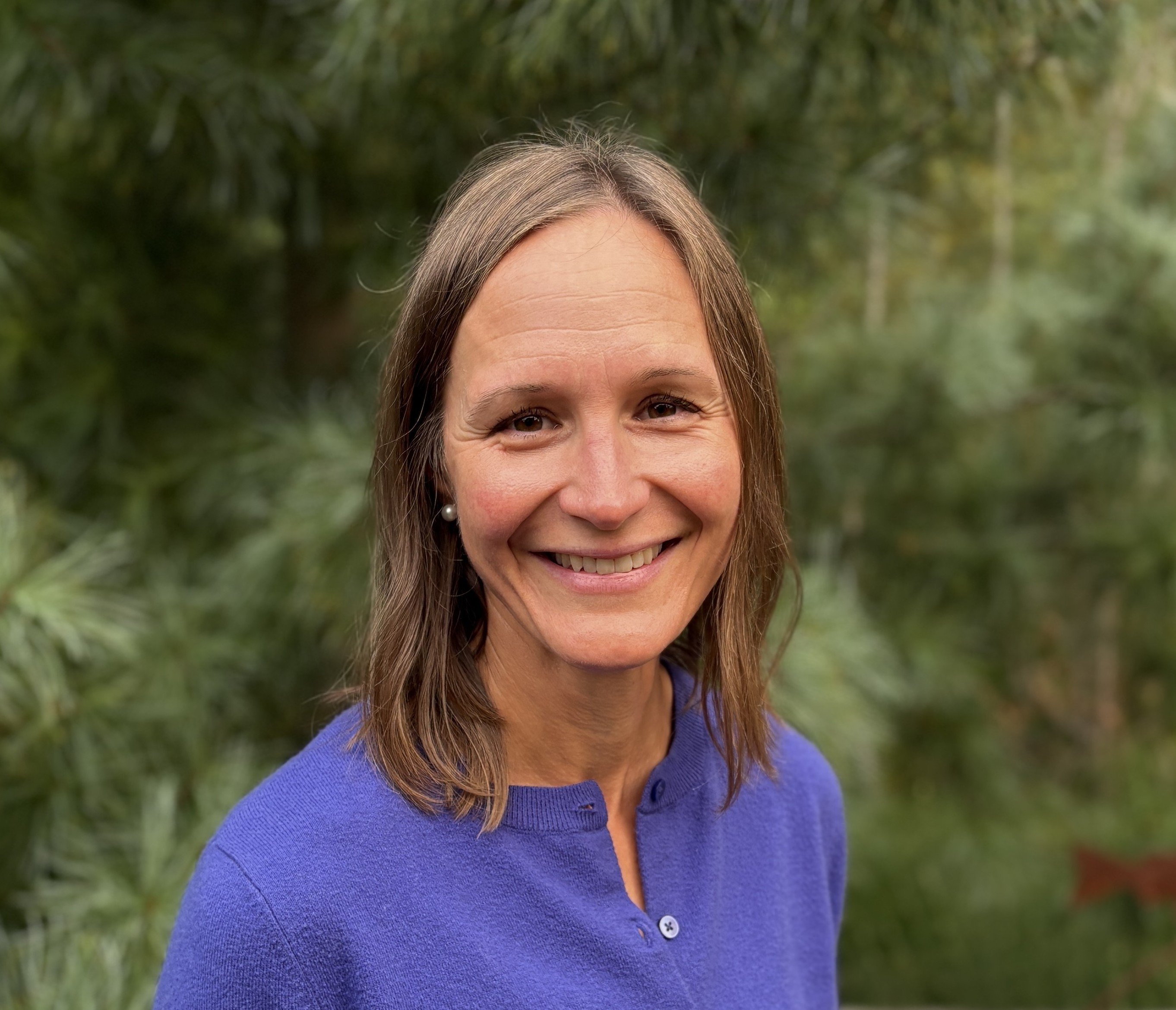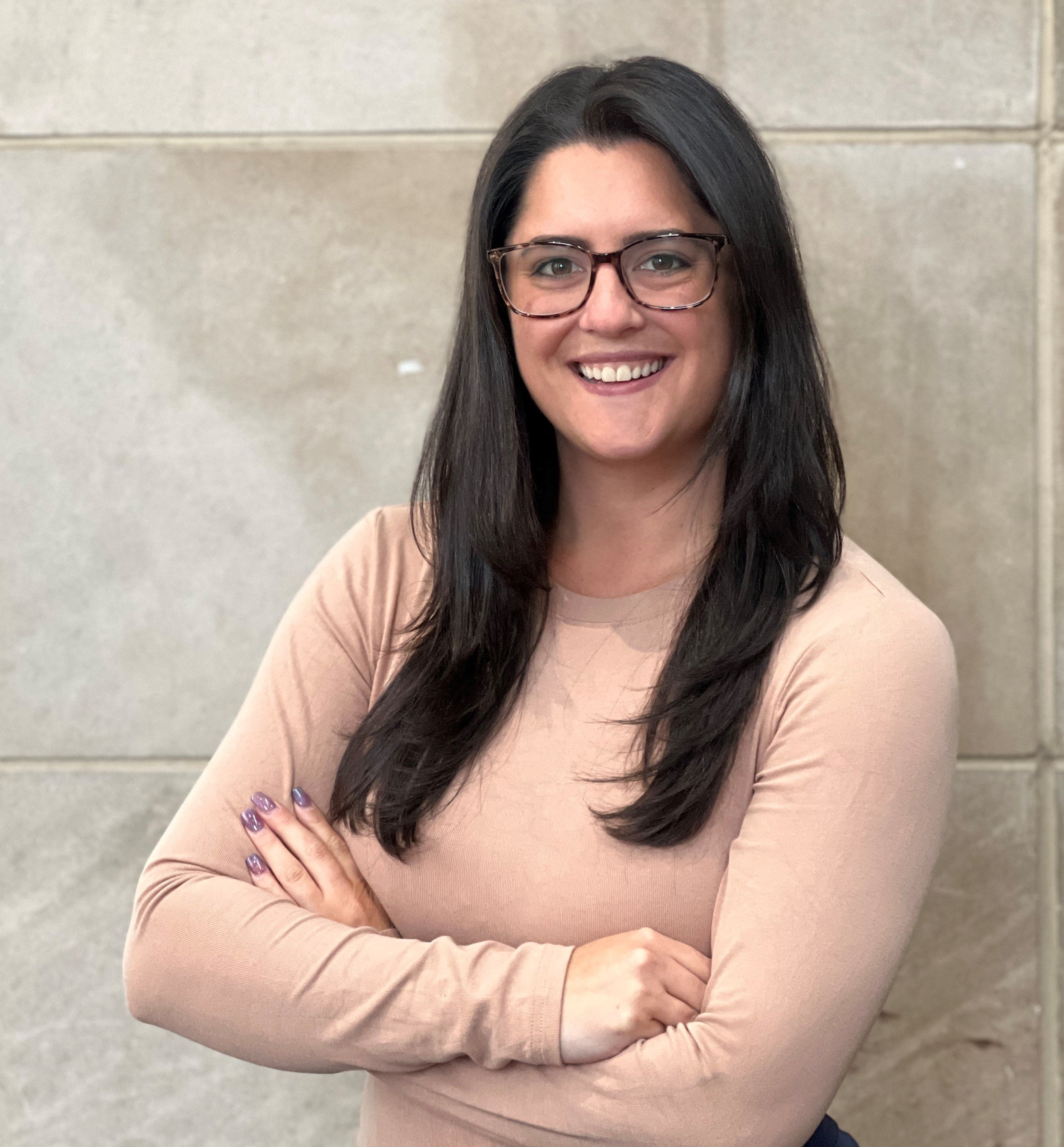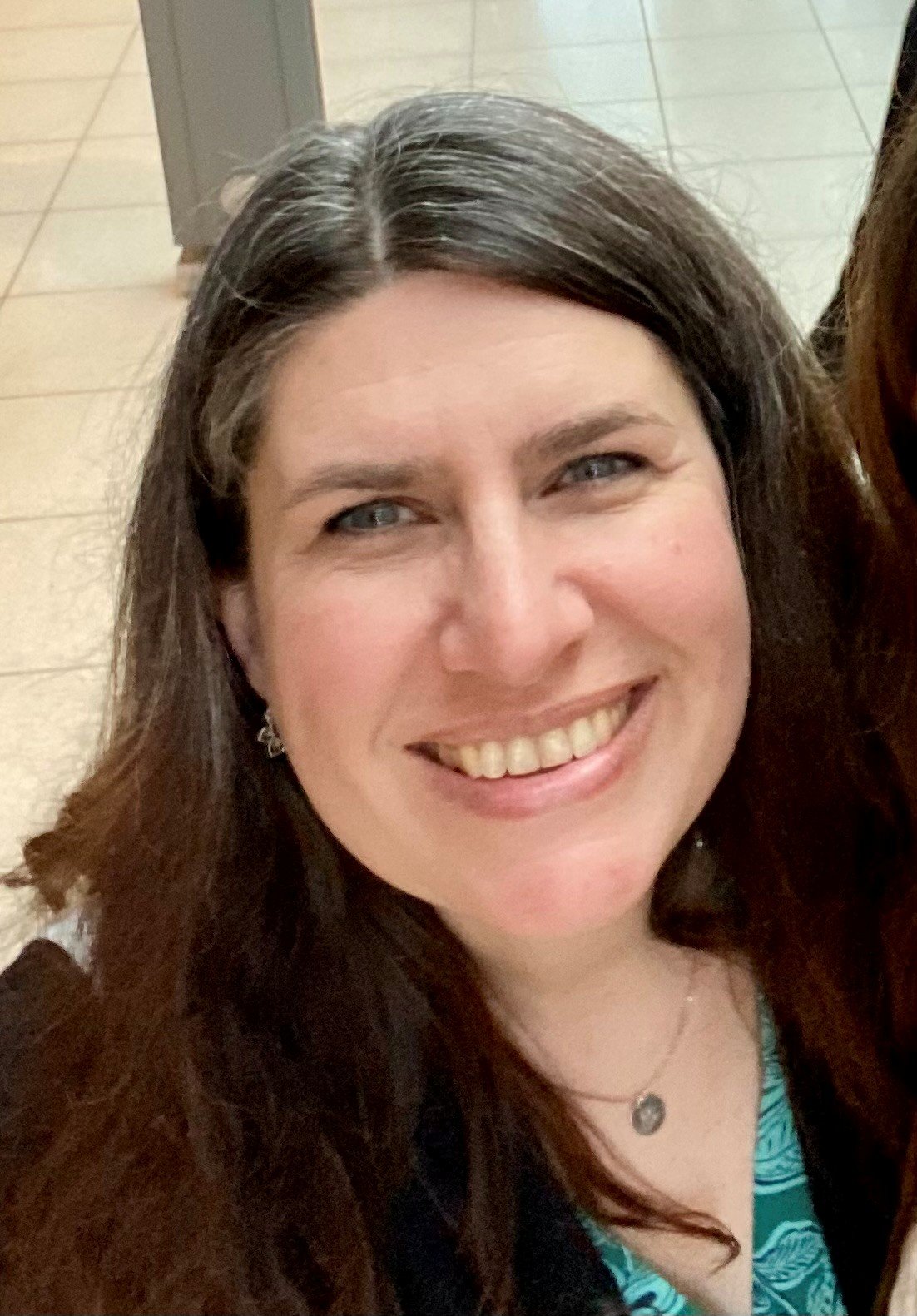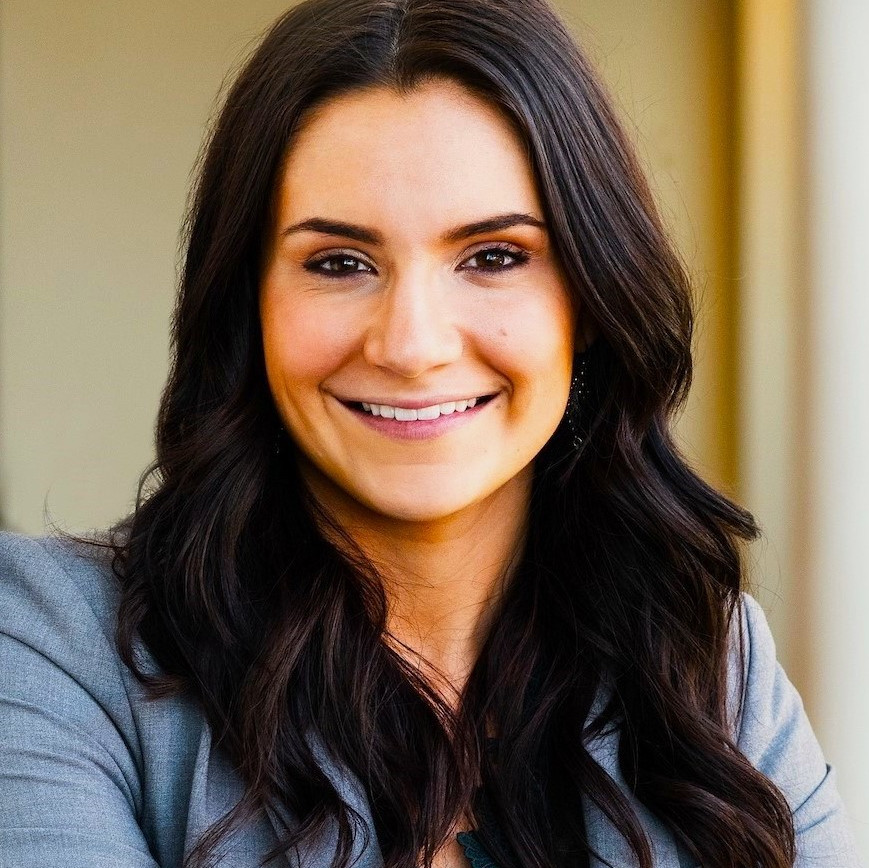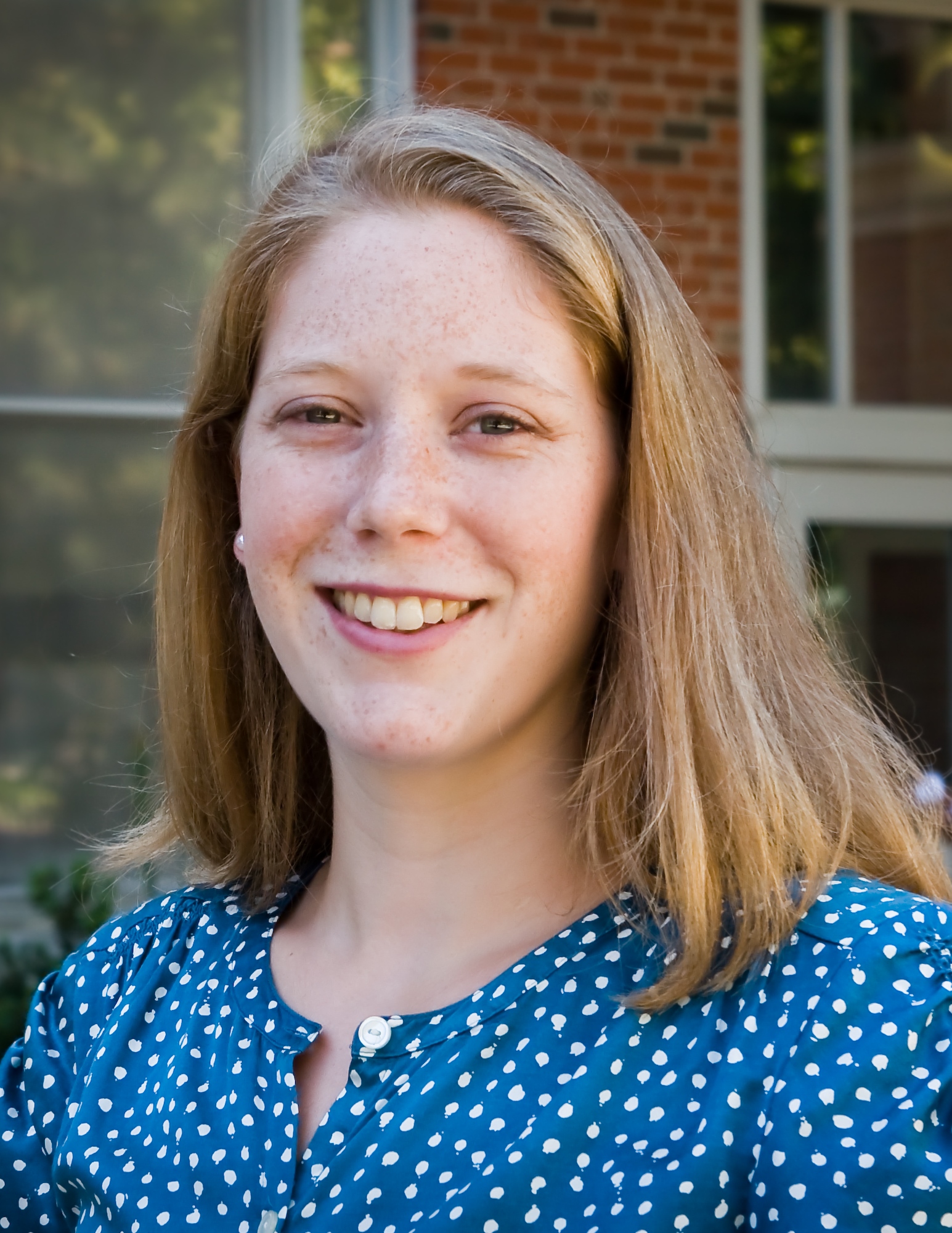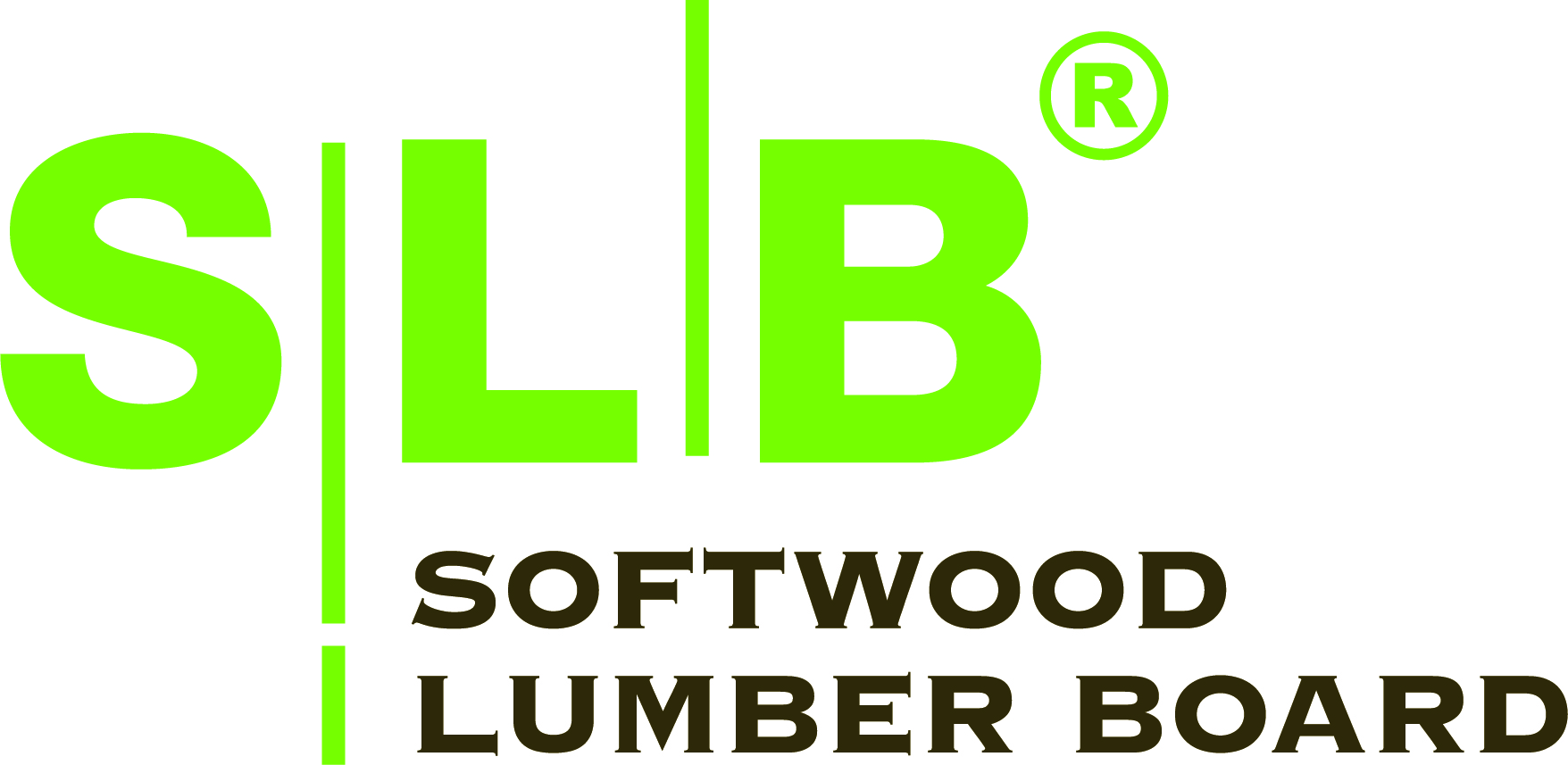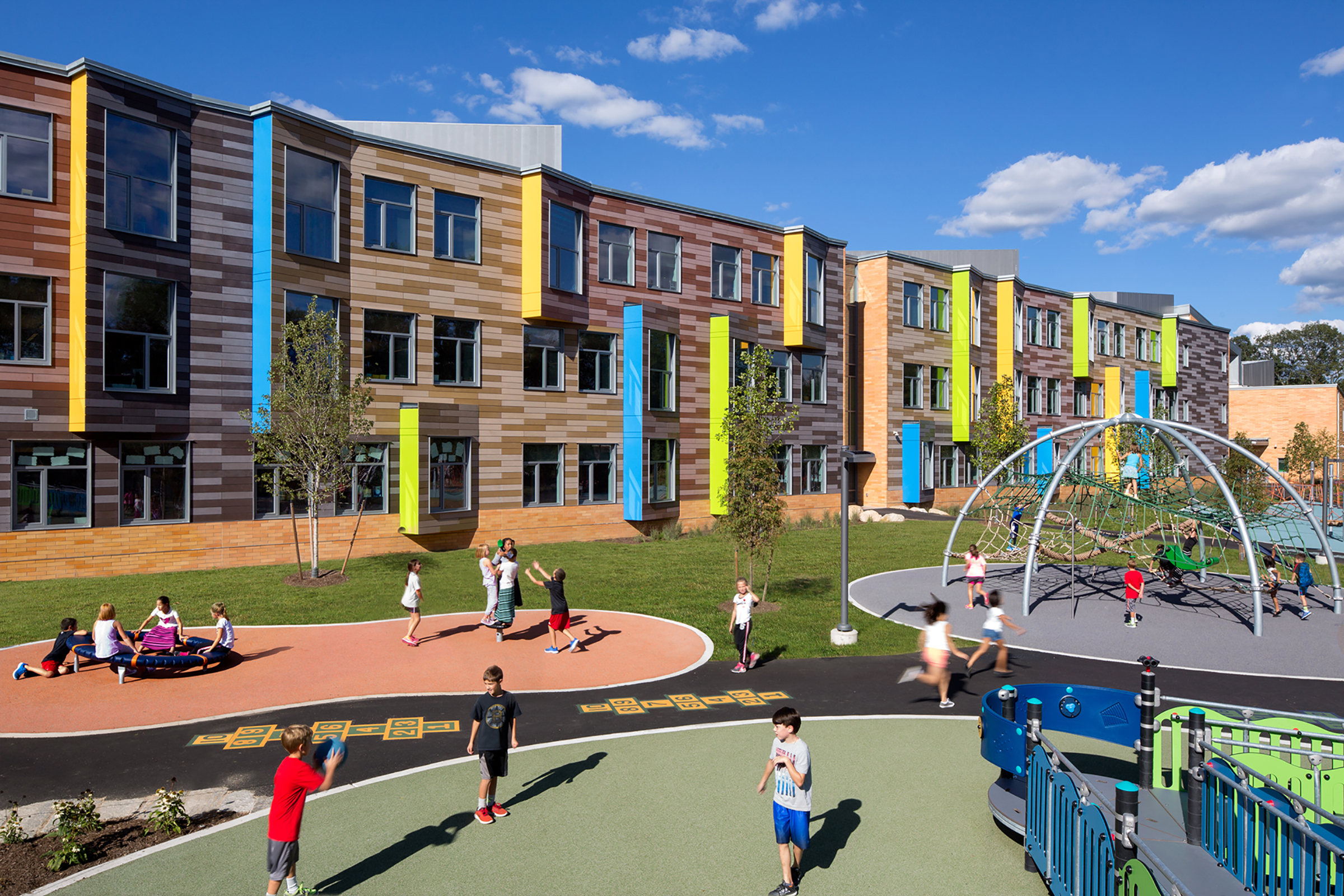
About the Center for Green Schools
At the Center for Green Schools, we believe that all students deserve to attend sustainable schools that enhance their health and wellness, prepare them for green careers, and support a thriving planet.
- Vision: For all schools to be integrated models of sustainability for their students, teachers, and community. When we move toward this vision, communities and individuals, regardless of race or socioeconomic status, have the opportunity to be healthy and thrive—physically, socially, and economically. We believe modeling sustainability through green schools encourages collective action to regenerate natural resources and protect the well-being of all people.
- Mission: To support and train those implementing sustainability within school systems to be the most effective change agents they can be, through professional development, peer networks, research, and advocacy.
Impact
Since 2010, the Center for Green Schools has been the driving force behind the green schools movement by leading a wide array of initiatives, including in communications, advocacy, network-building, training, and the development of tools and platforms through which to accelerate action. View 2024 milestones, achievements, and plans.
We develop practical, research-based resources to help schools assess and improve indoor air quality, empowering district leaders to create healthier learning environments for millions of students and staff.
Our School IAQ Management Plan Toolkit provides resources for developing a comprehensive, written IAQ management plan with an easily editable downloadable template. The School IAQ Fact Sheet Series is designed to help people without a technical background understand about strategies and technologies that impact indoor air quality in schools. The Clean Air in Schools course is a free three-hour self-guided course that equips school staff with foundational knowledge to take action in improving school IAQ. Our School Health Research Library and Research Highlights compiles recent research focused on how the school built environment impacts occupant health and performance.
We have been the primary advocate for a new job class, the K-12 sustainability director, and we provide professional development to a growing network of over 700 school district staff from nearly 250 school districts who collectively serve over 9 million students.
Each year, we deliver high-quality virtual education to over 2,000 people as part of our work to support these professionals. We established Green Schools Fellowships to successfully institutionalize sustainability positions in school districts.
We are a leading national voice on the importance of school infrastructure investment and the impact of school facilities on students and teachers.
We co-published the most comprehensive analysis of the current state of K-12 school buildings in more than 20 years through the publication of the 2016 State of Our Schools report, which appeared in dozens of local and national press outlets, as well as former President Biden’s national platform, and generated more than 546 million media impressions. We were key partners in the release of the updated 2021 version of this report, as well. We have reinforced the argument that healthy learning environments lead to thriving communities with the publication of hundreds of pages of original research and policy analysis. And, as a division of USGBC, we have advocated for and inspired over 2,800 LEED-certified and over 2,200 LEED registered K-12 school buildings throughout the world.
We strive for equitable impact of our programs and initiatives.
Recently, a group of university researchers who are examining which communities are impacted by LEED-certified schools have found indications that LEED certification is more likely to be used for schools built in disadvantaged communities—a signal that more than a decade of advocacy efforts may be working. We intentionally lift up stories of success from school districts accross the socioeconomic spectrum, and approximately 69% of the schools in districts we work with are Title 1 eligible (approximately 60% of schools are Title 1 eligible, nationally).
We are a respected advocate at the local, state, and federal levels for policies that enable and directly support the work of school districts to move toward sustainability.
Through tireless work on Capitol Hill with our partners, we have been successful in ensuring that school infrastructure is a serious part of the conversation about infrastructure investment on the federal level. In 2011, we introduced, with partners, the concept of Green Ribbon Schools to the U.S. Department of Education and encouraged it to launch the award program. We partnered with the agency to design and host its website, greenstrides.org, the largest repository of free sustainability resources for schools. With our network of state lawmakers, we have also helped to increase the introduction of green, healthy school legislation in U.S. states.
We have equipped school occupants to make their schools models of sustainability.
In 2012, the Center launched the groundbreaking Learning Lab platform for high-quality lessons related to sustainability for K-12 classrooms, which served over 6,000 educators. Since that time, a community of providers and platforms has proliferated to serve educators, and the Center supports our stakeholders in accessing these partner resources. USGBC now focuses on workforce development content for green building careers, focused on grades 9-12 and higher education, through its online course catalog. The Building Learners program has worked with schools around the world, bringing the Arc sustainability benchmarking platform to students and helping them benchmark their schools and improve their scores. And our online Green Classroom Professional certificate, which educates teachers and school staff about how they can create healthy and green classroom environments, has reached over 4,000 certificate holders.
We have convened diverse groups of stakeholders to work together toward the future and come up with innovative solutions to bring green schools to all students.
Annually, we convene the Green Schools Conference, which brings hundreds of champions together to learn from each other and be inspired. From 2012 to 2020, we inspired community service in schools through Green Apple Day of Service, driving the action of more than 1.1 million volunteers across 73 countries and impacting the learning environments of over 3.6 million students. The impact continues through our toolkits to help schools and advocates support green projects on campus through service.
Who we are
History
USGBC launched the National Green Schools Campaign alongside partners at the 2007 Clinton Global Initiative, committing to a vision of green schools for every child. That same year, USGBC launched the LEED for Schools rating system, which provided a leadership standard for better, healthier school buildings.
After listening to and learning from school leaders around the country, USGBC founded the Center for Green Schools in 2010, broadening its foundational work in the green building movement to encompass topics and issues important to schools and the people in them every day: teachers, students, staff, and parents. Since that time, we have focused on the highest impact opportunities to accelerate a global green school movement.
Supporters
The Center for Green Schools was launched at USGBC with the generous support of United Technologies Corporation (UTC) as our Founding Sponsor. Through UTC’s years of support, the Center began its work to help schools across the nation and around the world on their journey to become green.
Our supporters go beyond financial contributions. They are committed to partnering with the Center toward a future where all schools are models of sustainability for students, teachers, and communities. By supporting the Center, donors become visible champions and align with a respected leader at the forefront of healthy, equitable, climate-forward schools.
